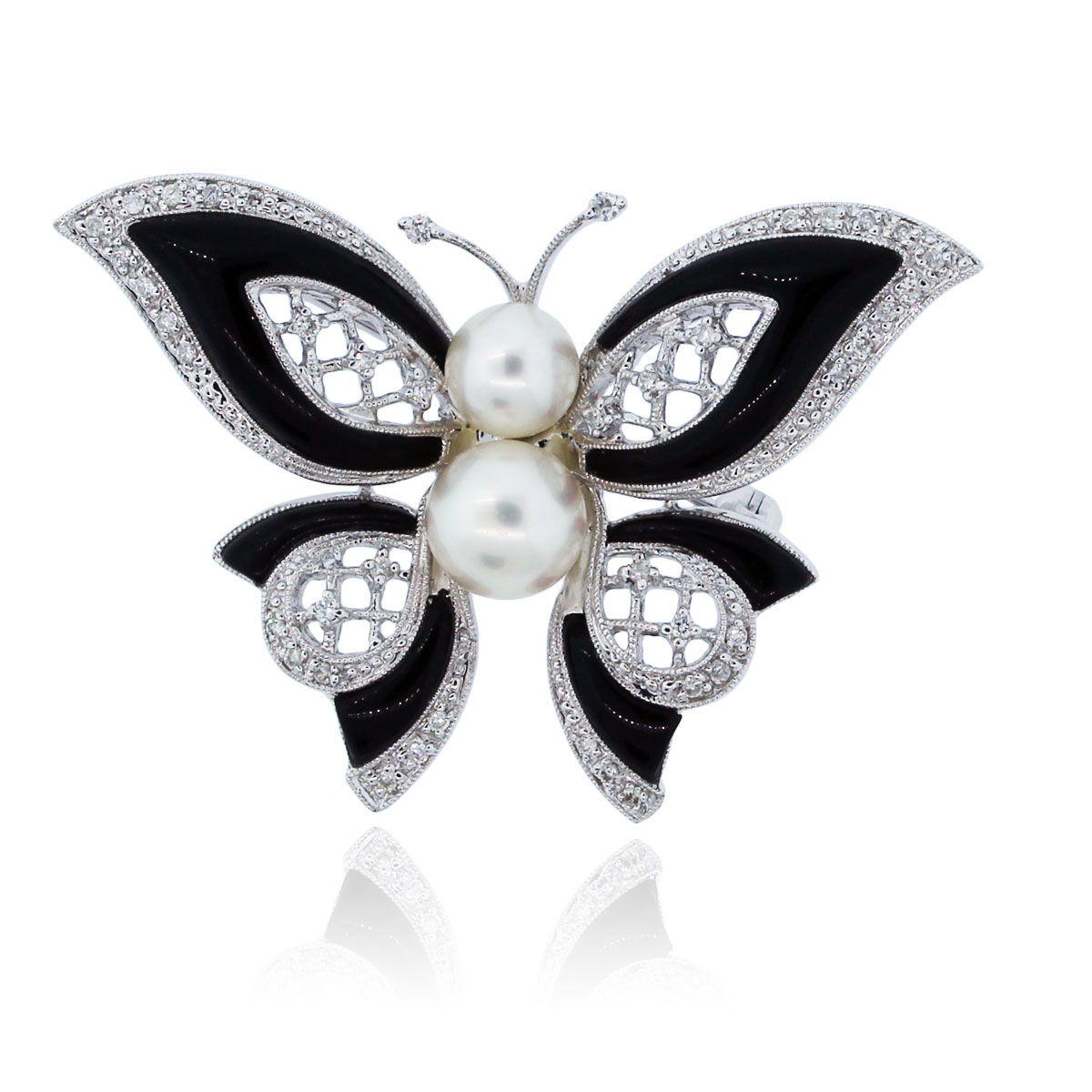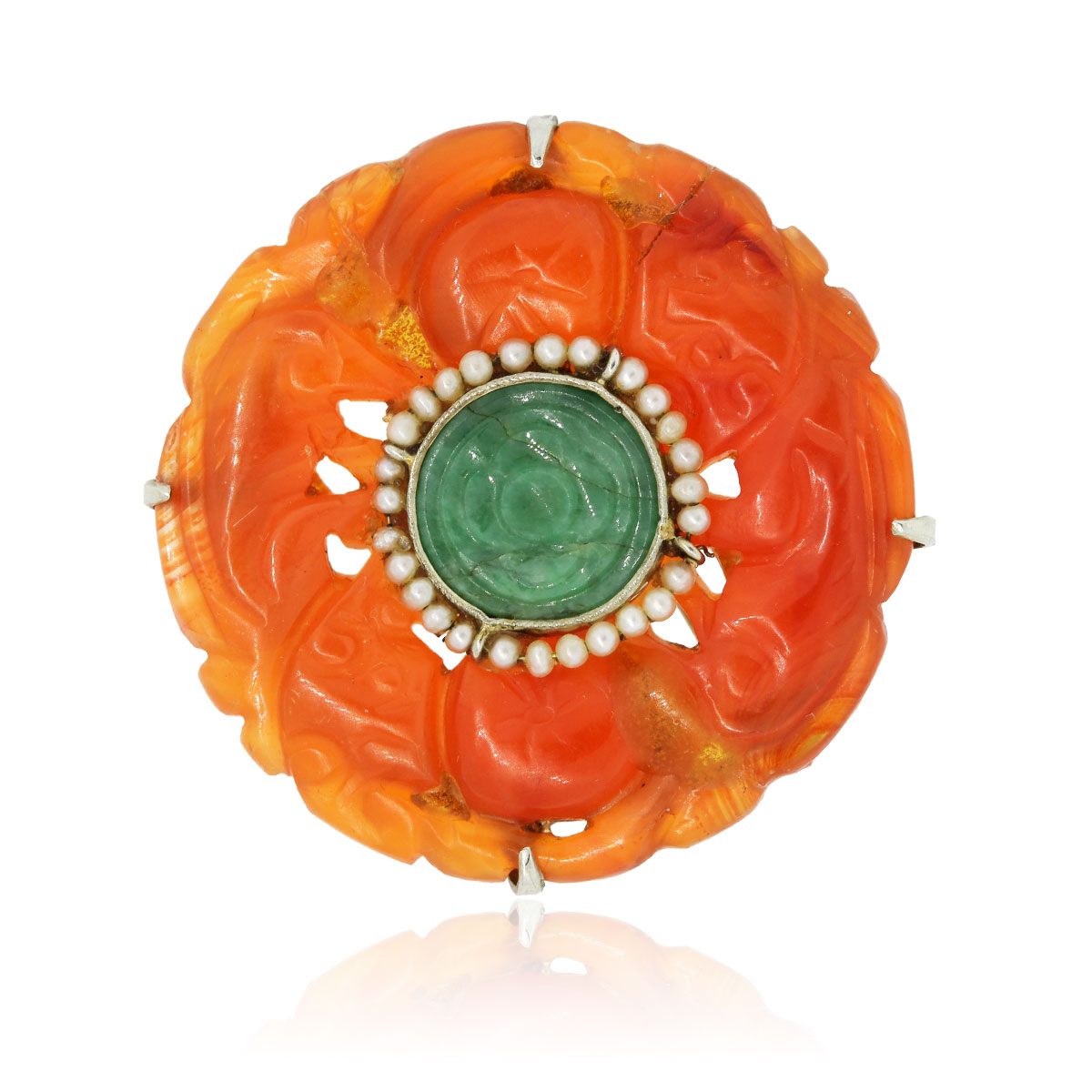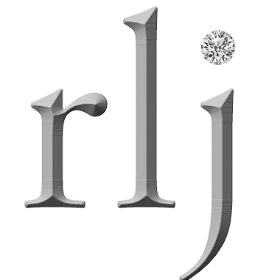The Unique Look and Time-Honored History of the Brooch

Style has evolved over time and what is current and trendy is always changing. However, what isn’t changing is the idea of adorning the body. For a very long time, humans have adorned their bodies with jewelry, body paint, makeup, and other items that give them a signature look and style. This is how we celebrate, identify ourselves as individuals, show our status, and more.
In fact, this is one of the longest-standing human traditions and something that spans cultures, regions, and classes. We use rings, bracelets, necklaces, brooches, and hairpieces to decorate our human bodies. This history is truly ancient.
Human Adornment
Humans have adorned their bodies almost as long as they have been on this planet. There is evidence of human adornment as long ago as 100,000 years. The first archaeological evidence of this practice doesn’t necessarily mean this is the first time humans adorned their bodies.
We use jewelry to define many things about ourselves. People use them for functional purposes. Folks use them to define our status, to enhance the look or feel of an outfit, and more. These pieces give people an individualized look that sets them apart from the crowd.
Class differences are often apparent in the adornment that humans use. Those who wear high-end jewelry are instantly distinguishable as the upper class of society. In modern and ancient times, adornment is also a way to denote religion or some other form of social significance.
Adornment includes things like body paint, the addition of features or animal furs, and the use of shells or stones. The items are affixed to clothing, the body, or our hair. This custom of decorating the body with jewelry and other items is one that spans cultures and times. It is something that connects us to our ancient past and is still important to people today.
Understanding the connection these practices give us to our past is not only an enlightening experience, it is humbling. Something we see as thoroughly modern turns out not to be. It is something that spans the history of humanity and tells others so much about us. These tell people what religion we are, our social status in our community, and our financial status. These connections set us apart as style icons or not.
The History of Brooches

The brooch is a unique piece of jewelry that is lesser-known than other common pieces of jewelry. We attach a brooch to a garment. We use them for a variety of reasons, both aesthetic and functional. Sometimes we wear them for their beauty and how we enhance our look. We also use them for functional purposes; brooches fasten a garment together.
We most often make modern brooches from precious metals like gold or silver. Ancient brooches use less precious materials like iron or copper. Precious gemstones and engravings are common means of decorating brooches. Enamel and other materials are used to design pieces. This creates a unique and stunning look.
We believe their original purpose was functional. But the pieces also happen to be lovely to look at as well. The brooch fastens the garment and also creates a lovely accent.
Most believe that the brooch was originally designed for a functional purpose, but it just so happened to be pretty. It is used to fasten a garment when worn.
The Earliest Brooches

Brooches come and go in popularity and the styles change, but this is a time-honored piece of human adornment. The very first brooches we know of are from the Bronze Age. Ancients called these fibulae. We use them for functional and aesthetic purposes, as did our ancient ancestors. They fasten a garment and also enhance the look and feel of the garment.
Ancients called these pieces fibula due to their shape. As noted, we use these for functional and aesthetic purposes, just as they always have been. We use these items to both fasten the garment as well as to enhance the look and feel of the garment.
The Iron Age provided technological advances that allowed for more creative designs for brooches. There is evidence that Celts were using red enamel and coral-inlaid brooches as early as 400 BC, showing just how long humans have been making these unique items.
Great Britain is where we first see larger-scale production from between 600-150 BC. A revolution in brooch making came with the invention of metal casting, bar twisting, and wiremaking, This greatly expanded the possibilities of the brooch. Bow-shaped pieces raged in popularity during this time period. Artisans cast these pieces from a single mold of copper or iron.
Medieval Brooches
The golden age of brooches is seen during the Medieval Period. In the 5th and 6th centuries, Germans migrated to different places in Europe, taking with them their unique metalworking style. This creates a separate category of art and design called Migration period art. This spread a distinct style of metalworking across Europe, leading to similar, yet unique designs and stunning craftsmanship.
These brooches combined the latest in Roman technology and Germanic art forms into something truly distinct and that set the standard for brooches. The metalwork on these pieces uses some of the most difficult techniques out there. It is the enamel work that really sets this period apart from other design periods. The work is colorful, stylistic, and truly stunning to behold, even centuries later.
As metalworking improves and cultural expansion continues, the style and composition of the brooch continue to change as well. In every region we find these pieces in, they have the unique look and feel of the area. They show distinct metalwork, designs, and use of materials.
Brooches see a huge revival in the late modern era, which is from the years between 1830-1945. This period sees a huge influx of new designs such as the classic Cameo brooch of the Victorian era to the art deco look that raged in popularity at the tail end of this period.
Types of Brooches
The brooch is a highly versatile type of jewelry and there is no end to the complexity or uniqueness of the design. There are so many ways that a brooch can be constructed, but there are a few common types of brooches. Bar brooches. pendant brooches, portrait brooches, foliate brooches, and enamel brooches are the most common types you’ll find.

While this isn’t the exhaustive list of the type of designs you will find with brooches, these are the most popular and common. Let’s take a look at each in turn.
Bar Brooch
A bar brooch is one of the most common and popular types of brooches. It is a pin-style brooch that can come in a huge range of shapes and sizes. It is popular because it is easy to wear. The fastener is simple and the designs can be endless. This is an elegant and versatile style of brooches that is time-honored and one of the oldest styles.
Pendant Brooch
The pendant brooch is also versatile and essentially creates a brooch out of a necklace. This style has concealed bales on the back that allow you to attach a chain if you desire. The pin is invisible in this style, so it has a sleeker and more sophisticated look and feel.
Portrait Brooch
Portrait brooches harken to days gone by. When most think of brooches, chances are it is a portrait brooch we picture. As the name implies, these brooches have a small portrait painted on some sort of fine material. Traditionally, the painting is done on mother of pearl, ivory, or porcelain and requires a huge amount of skill to execute.
Foliate Brooch
The foliate brooch, as the name implies, has a floral motif, or a motif of leaves. Historically, this style signifies love and was incredibly popular in the 19th century. The outer portion of the brooch is skillfully carved into a leaf or floral design and it requires an immense amount of metalworking skill.
Enamel Brooch
The enamel brooch opens this normally luxury item to more people. Enamel is the fusion of powdered glass with metal and is not nearly as expensive as gemstones, but is still incredibly beautiful and colorful. Enameling is an incredibly old process, with evidence of this technology in use in Ancient Greece.
How and Where to Wear a Brooch

Today, the brooch is back. We see this unique piece of jewelry showing up on red carpets and on fashion runways. This resurgence has led to a revival of a wide range of styles, but also led to the adoption of more innovative ways of wearing these items.
We see brooches in different places today than we normally expect to see them. Traditionally, the brooch is something we wear on the front of our garments. If you are super traditional, it is worn by older women on the left side of their garment. Or, perhaps, it is used as a stunning closure for a garment.
However, the younger generation has different ideas. We see them wearing brooches in the traditional way. But we also see them worn in the hair, on deep v-backs, pinned to the waist of a gown, or even multiple pieces worn on the same garment. There is a lot of daring and risk-taking in use with these pieces today so the sky’s the limit.
Brooches were once the purview of royalty and the upper class but today, fashion-forward folks display these stunning pieces in a range of unique ways. They take a simple everyday outfit to an elegant new level. They serve an aesthetic and functional purpose with certain garments. And, they are just plain lovely to look at, so why not play around with them and add one to your style?
Occasions for Brooches
Traditionally, we wear items like brooches for formal occasions. However, this doesn’t have to be true. You can wear a brooch with the most humble outfit, like jeans and a nice blouse, to a whole new level.
Of course, a brooch is a great option for any formal occasion. A nice dinner on the town, a social event, or even a wedding is a great occasion to bust out a high-class brooch and show off your style and elegance.
The point is, there is no specific occasion where a brooch is appropriate or inappropriate. If the piece is paired well with the outfit, it will enhance the look and feel of the outfit and take it to a higher, more sophisticated level.
The brooch is such a unique item of jewelry, wearing one as part of your signature look will really set you apart from the proverbial crowd. You can find a huge range of different types of brooches, from simple and sleek to highly complex and sparkly. The sky’s the limit. You can find a brooch that will pair with the most luxurious or humble outfit.
In Closing
The use of materials, jewelry, and even body paint to adorn ourselves and signify our status, place in the community, or simply our individuality, is a practice as old as humanity. There is evidence of the use of materials to adorn the body from as far back as 100,000 ago, showing just how much of a part of human nature this practice is. Flash forward to today and we still use things like jewelry and makeup to adorn ourselves and enhance the beauty of what we wear.
Brooches make excellent signature pieces of jewelry, though they are often not thought much of. The brooch has a time-honored history of combining form and function. The brooch secures a garment and also adds a sparkle and shine to the outfit. Available in a huge range of styles, materials, and sizes, this unique piece of jewelry enhances any outfit, from simple to highly formal.
Brooches create a sophisticated and classic look and feel that is simply timeless. As a part of a signature look, a brooch will take even the humblest outfit to an entirely new level of style. Today, we see brooches worn with a wide range of fashions and in truly unique ways and places.

